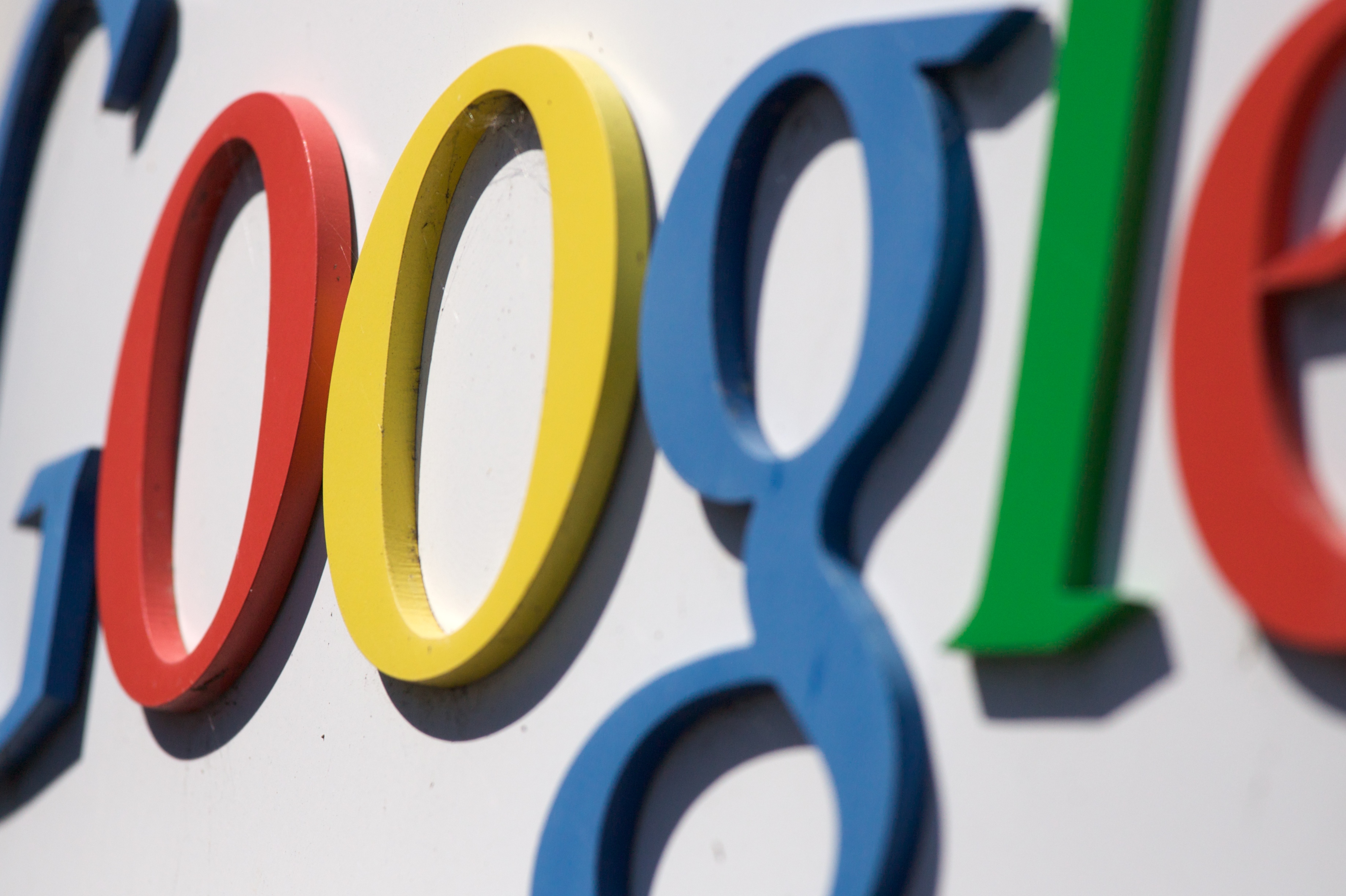
Five Reasons Why YouTube Is Restricting Access to its Ad Inventory
December 7, 2023Google announced last week that YouTube ads won’t be available for buying on Google’s own DoubleClick Ad Exchange (AdX) anymore. This means that many demand side platforms (DSPs) will effectively be prevented from buying YouTube ads. Google will now require ad buyers to use its own buying platforms, DoubleClick Bid Manager and Adwords for Video.
This move might look counterintuitive since Google clearly has an incentive to attract more ad dollars to its still under-monetized video platform. YouTube’s share of the overall digital video ad revenue is growing, but it’s nowhere near its share of video views, let alone brand recognition. With increasing competition from other platforms — Facebook above all — it would seem more logical to open up access to YouTube ad inventory further. So what’s going on here?
We see five very good reasons that might be behind Google’s surprising move:
- Cleaning up market confusion: Much of the ad market still doesn’t understand the different ad options that YouTube offers. Availability of YouTube ads on DSPs only added to this confusion. YouTube’s primary ad format is TrueView, which comes in the form of skippable pre-roll ads, search ads, and small display units. But the formats available on AdX were only non-skippable pre-roll ads, limited to 15 seconds in length. Buyers didn’t necessarily understand (or care about) the difference, but it makes a significant difference for Google and consumers.
- Avoiding commoditization: The availability of 15-second pre-rolls on DSPs allowed media buyers to treat YouTube as yet another line item in a big media plan. While this is convenient for agencies, it’s not in Google’s (or a brand’s) best interest. TrueView is a very attractive, high quality ad format in terms of viewability and brand safety, though more complicated than standard pre-rolls. Google clearly wants to use its market position to force buyers into treating TrueView as the premium format that it is, instead of lumping it in with undifferentiated inventory on other sites.
- Pushing ad relevance and innovation: It has always been Google’s strategy to optimize ad relevance, most visibly in the auction-driven search ads on its search engine. TrueView is the video version of this approach. It doesn’t force viewers to sit through an ad they might consider irrelevant, and it’s highly targetable to the right audience. That’s good for both advertisers and consumers. Ad buys through exchanges on the other hand often are based on targeting that is far less relevant. YouTube has also recently introduced new innovations, such as interactive overlay cards, that let users interact with ads in a more engaging way. Letting advertisers buy YouTube inventory on commoditized DSPs in the same style they would buy “dumb” TV ads will slow down the adoption of these innovations.
- Turning YouTube into a destination site with long dwell times: YouTube has been working for several years on increasing the time viewers spend on the site. Total watch time per session is the most important factor that rewards videos in YouTube search, for example. Several recent user interface changes were designed to keep people around for longer instead of letting them click away to other websites. The non-skippable ads available on DSPs are problematic for this strategy. Users are much more likely to leave YouTube if they can’t get around an ad easily.
- Controlling data collection: Google is notoriously paranoid about privacy issues, and it has to be. Some of the advanced tracking that the advertisers using Ad Exchange performed was probably way out of Google’s comfort zone.
Will this new restriction on ad inventory hurt YouTube’s revenue growth? It’s unlikely. According to some sources, less than 5% of YouTube ads were bought through Ad Exchange. Advertisers who used Ad Exchange will have to adapt if they want visibility on the world’s largest video site. Brand advertisers and their agencies should understand the full potential of TrueView, because they will see significantly better results compared to their old strategy of buying plain vanilla pre-roll ads.
We at Pixability think that Google made a smart move here. TrueView is a very effective ad format that is still largely underappreciated in the market. The dumbed-down commodity inventory sold through exchanges was not in the best interest of consumers, advertisers, or the YouTube platform itself.
Our technology helps brands and their agencies optimize and execute TrueView campaigns that consistently outperform industry averages, and deliver significant ROI. Pixability campaigns have achieved up to 10x higher click-through rates, 600 percent lift in organic traffic, 40 percent lower cost per view, and 50 percent reduction in cost per customer acquisition. To learn more, email us at info@pixstage.wpengine.com.